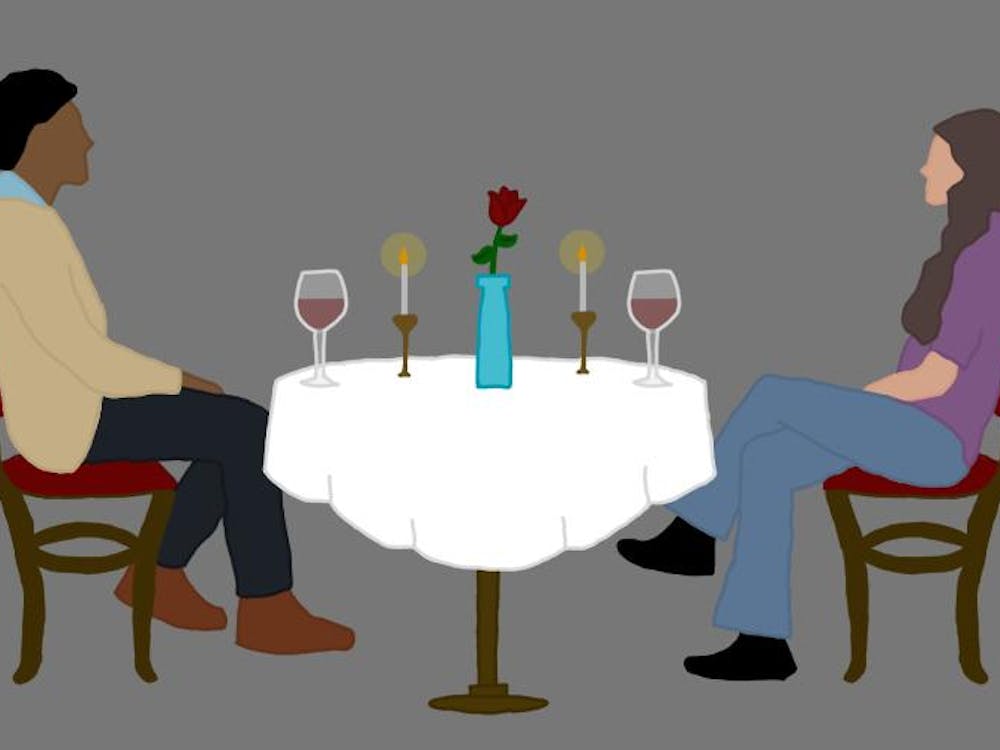Media Studies Teaching Assistant Ahrum Lee decided to try something new for his discussion section this semester: He actually is encouraging his students to use Facebook in class.\nLee's decision is part of a growing trend among the University's faculty to use social media to help achieve academic goals.
Administrators, too, are capitalizing on social media as a tool for promoting the University. Today, one can discover just about everything happening on Grounds through various deans' blogs, departments' Facebook pages and even emergency tweets.
As technology continues to develop in academia, both instructors and administrators are interested to see how students "Like" this.
Lee, who is working as a teaching assistant for Siva Vaidhyanathan's Introduction to Digital Media class, said he asked students to create class Facebook profiles in the hopes that it would foster backchannel learning.
"In backchannel learning, students learn from each other, and they can focus on subjects they find most interesting and maintain dialogue with it," Lee said. "It is a lateral, non-hierarchical way to distribute information."
Lee asked his students to create a network which included only people in his discussion section. He believes this new way of learning will give students a greater sense of ownership of their education, as well as provide a less intimidating environment for those who are too shy to contribute during in-class discussions.
Lee said he gravitated toward Facebook because of the nature of the particular medium. "It mediates interactions and is a public way for people to gather," he said. "Facebook is not actually anywhere - it is an ability to communicate."
Tibetan Studies Prof. David Germano, who previously has used social media platforms in class, said certain media producers can improve traditional classroom instruction.
"Tools such as WordPress encourage students to engage in more peer-to-peer interaction, and they also reward visual learners," Germano said. "I had a trial run in a lecture class of 180 students, and it allowed them to comment on each other's blogs, interacting when they might never know who they were otherwise."
He added WordPress fits into a more organic thought process, which isn't explored as much through traditional methods of textual learning such as essays.
Germano said these these technologies help shape an engaging and modern academic experience, a change which is crucial given the disparity between the technologically advanced business world and the comparatively lagging academic setting.
Some students welcome the use of social media into their academics, viewing it as a logical progressions of widely used tools and intellectual thought.
"I think social media are a great way to enhance curriculum," second-year College student Magdalena Leininger said. "Students already use Facebook and Twitter so much anyway, so it's easy to access and people are familiar with it."
Other students, however, are selective about which media are appropriate to use in an academic setting, drawing lines between social media and academic professionalism.
First-year College student Melissa Heide said she likes using blogs in an academic context and recently consulted one for a paper she was writing. "[But] I think Facebook and Twitter are a complete waste of time and show lack of professionalism for professors. Students expect that professionalism but they lose it with Facebook and Twitter."
Nevertheless, administrators are highly aware of the wider audiences and greater accessibility which social media can give them.
College Dean Meredith Woo maintains a blog titled "Conversations with Meredith." She explained the College's faculty, students and alumni range broadly across age and majors, and this medium enables her to reach all of them.
"With so many alumni and others, I can't personally meet everyone who is connected to the College, so the blog lets me reach them as individuals and share what's on my mind. I enjoy it when they find those same topics of interest and offer their thoughts to me and to their fellow readers," Woo said in an e-mail. "Online media give us a chance to speak with, and hear from, individuals about topics that might not come up during meetings or other face-to-face activities."
Woo said these media not only creates dialogue in what is otherwise a communication void but also serves as a key part of the University's public image.
"Effective use of social media lets people know that the University and its leaders are up to date and accessible," Woo said.
The University's Twitter account serves a similar purpose, University spokesperson Marian Anderfuren said.
In addition to vamping up the University's 21st century image, Twitter also adds an element of personal interaction.
"It allows institutions to engage with people one to one, set up a conversation and have more of a relationship," Anderfuren said. With about 6,400 followers, the University's Twitter is a major supplement to official notifications via e-mail.
Whether it is to experiment with new learning styles, or just to find a better way to connect, University faculty and staff are turning to social media more and more to get the job done. There still may be some opponents to this style of communication, but with 42,440 "Likes" so far, the University's Facebook page suggests otherwise.






